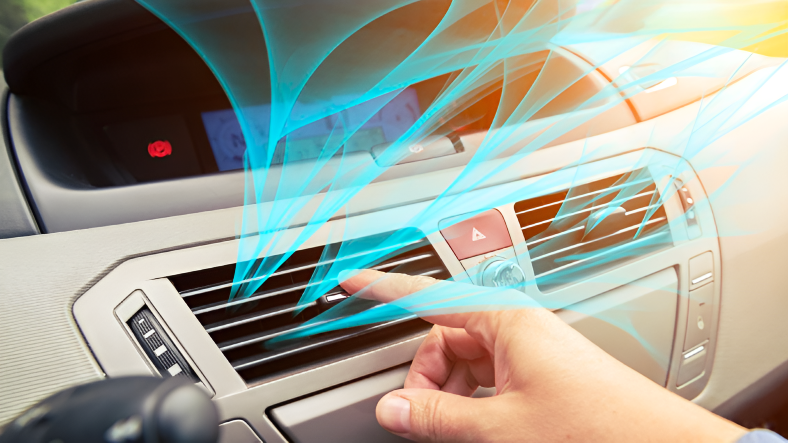So far there is no problem, but of course air conditioners do not burn water. In these times when fuel is quite expensive, The operation of the air conditioner consumes fuel It is quite annoying and pushes car owners to make even more calculations.
Agree How much fuel does an air conditioner use? And is it more economical to open the window or turn on the air conditioning?
Like most electronic equipment in cars, air conditioners get the energy they need from the fuel burned in the engine.
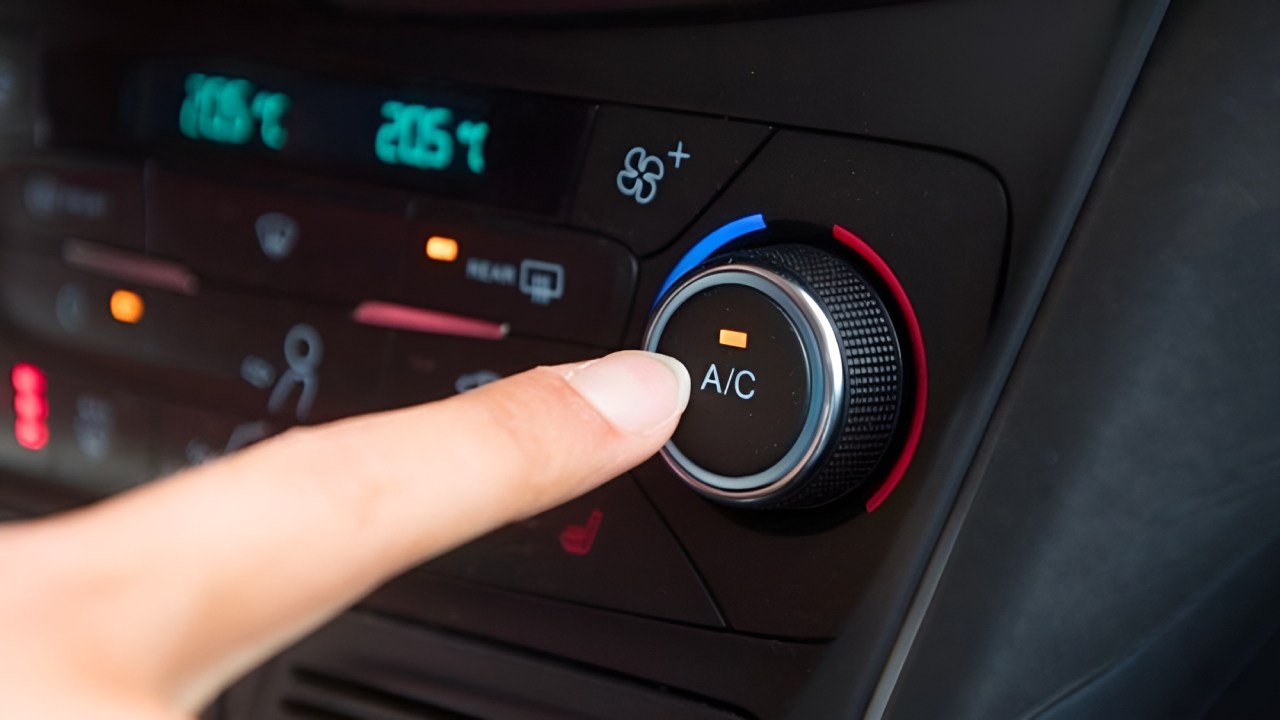
The use of air conditioning in the vehicle; age, speed, size, engine power and outside temperature. It affects fuel efficiency to varying degrees depending on fuel consumption. For example, correct use of air conditioning causes fuel consumption of 1-1.5 liters per 100 kilometers for diesel vehicles and 1-2 liters per 100 kilometers for petrol vehicles.
Another question that comes to mind at this point is: is it more economical to open windows or use air conditioning?
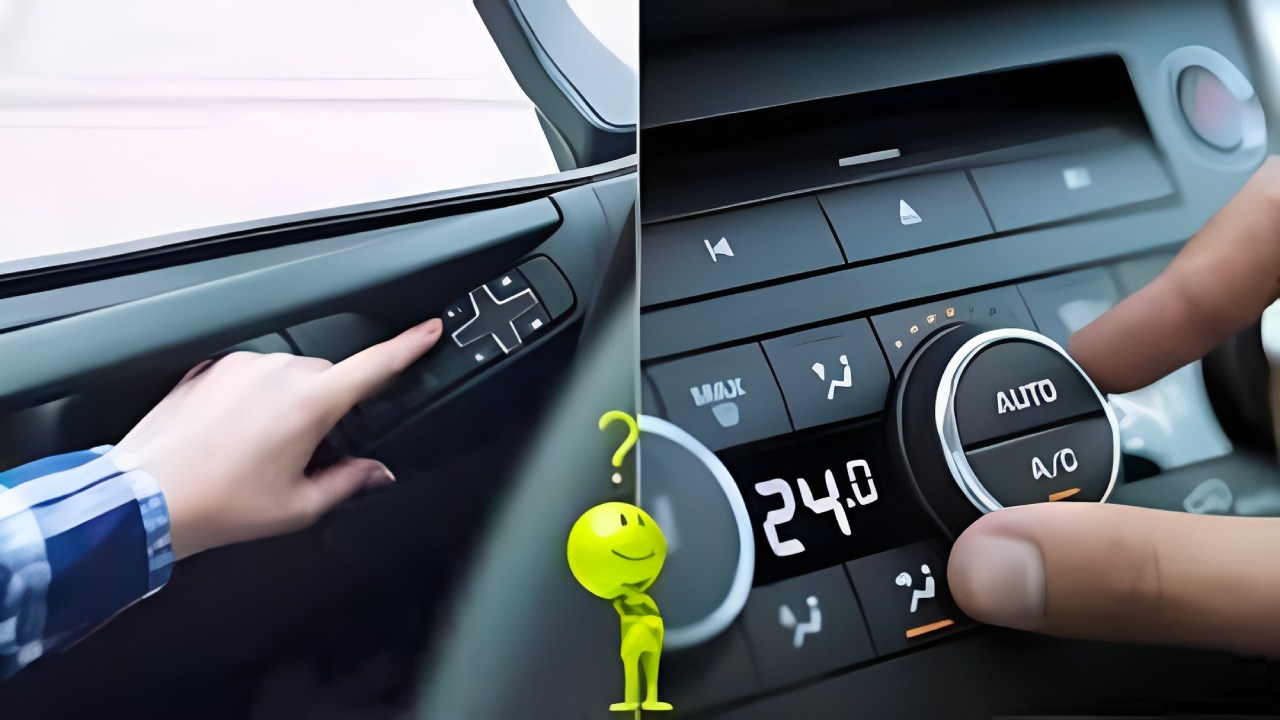
The most decisive factor in this regard is is the speed of the vehicle. In fact, the proper use of the air conditioner comes into play at this point. It can be said that turning on the air conditioning is more economical than opening the windows when the vehicle speed is above 80 km/h.
Because the window is opened at high speed, It creates aerodynamic drag and increases fuel consumption even further. In short: it is more economical to turn on the air conditioning during a fast ride than to open the windows. However, when stop-and-go traffic in the city is heavy, opening the window is actually more reasonable in terms of fuel savings.
When it comes to fuel economy, there are some differences between automatic and manual air conditioning.
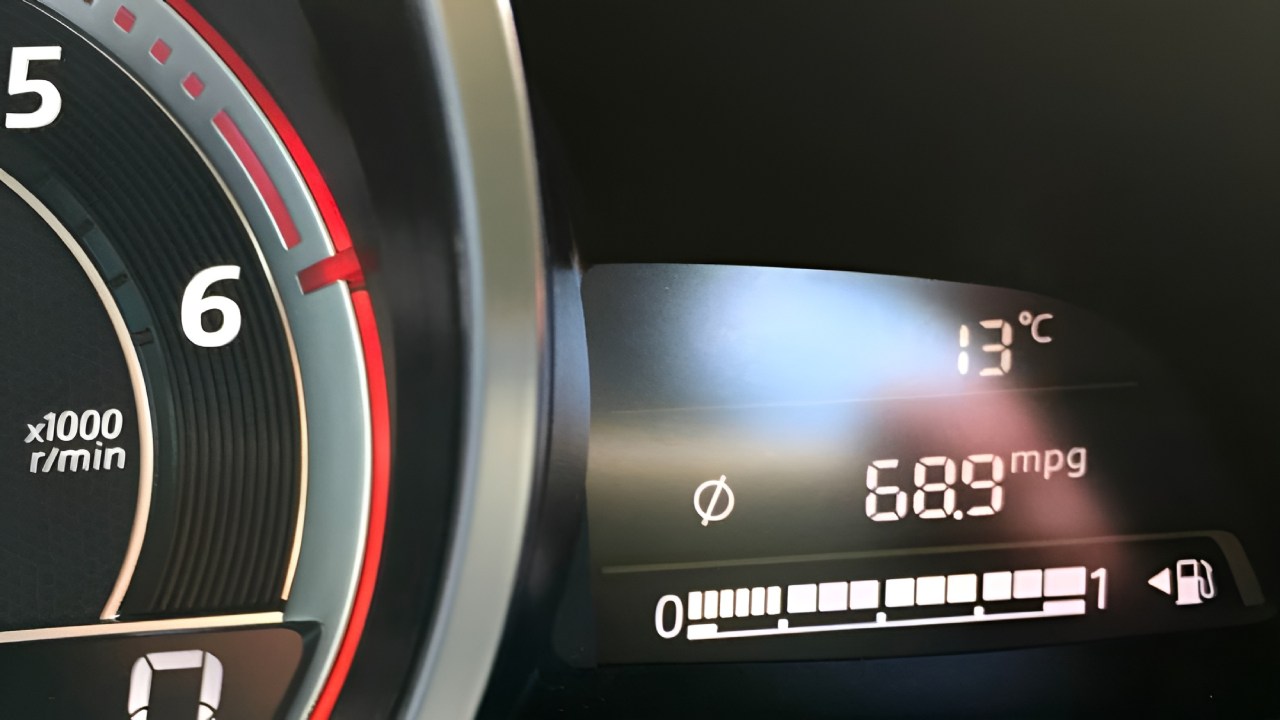
Since air conditioning systems in cars directly affect fuel consumption, manufacturers offer various solutions in this regard. For example, developed as an alternative to traditional manual air conditioners automated automatic air conditioning systems, It delivers highly efficient performance.
The difference between these two air conditioning systems is actually quite simple. Manual air conditioners control the temperature and speed of the air pumped into the cabin, Represents manually adjusted air conditioning systems.
Today, most cars have a manual air conditioning system, but in some models drivers are also offered automatic air conditioning as an option.
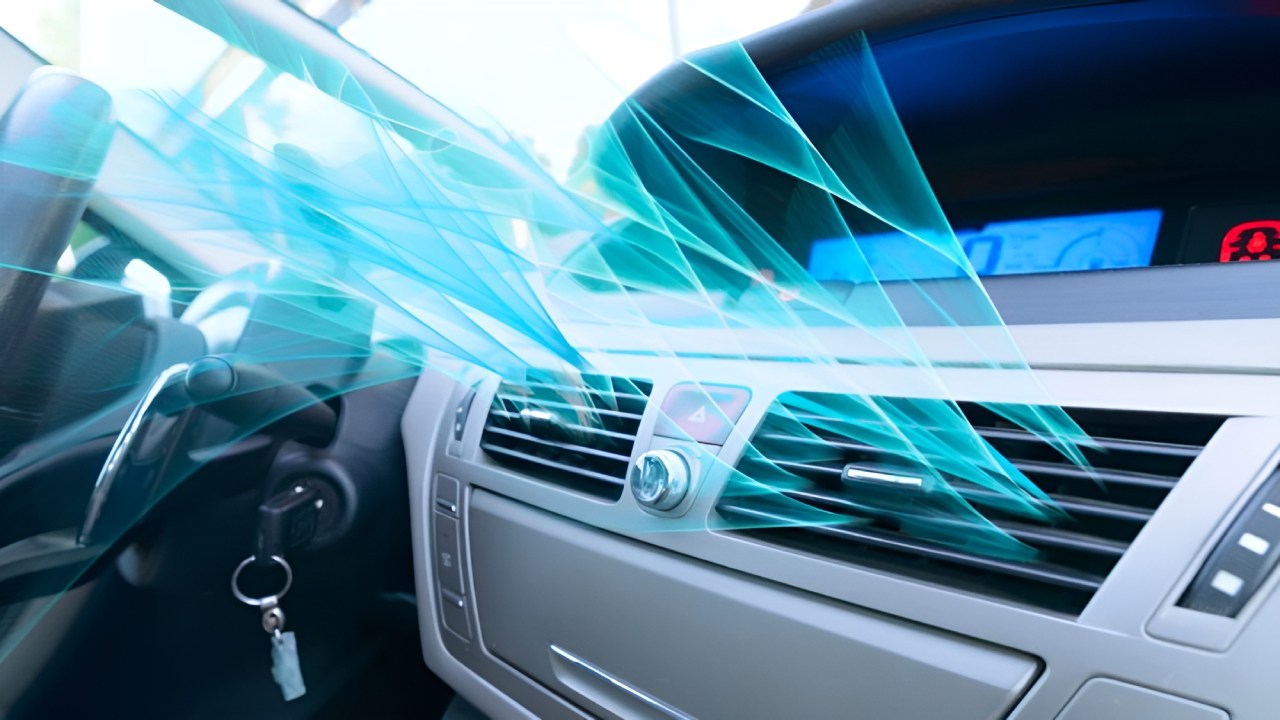
Automatic air conditioning, a more advanced and automated system, automatically adjusts the temperature inside the vehicle, as the name suggests. This system keeps the temperature in the cabin at a constant level, depending on the outside air temperature. using a series of sensors to work.
Its effect on fuel consumption comes to the fore at this point. In vehicles with manual air conditioning, the driver runs the air conditioning on full power for a certain period of time to lower or increase the temperature. fuel consumption is high.
In automatic air conditioners, because the certain temperature is constantly maintained, they continue to work at low power after the ideal temperature in the cabin is reached. This means that compared to manual air conditioners in terms of fuel consumption, 25% more economical in use offers.
Sources: Business Insider, Toyota, International Journal of Science and Research
Our other fuel-related content:
Follow Webtekno on Threads and don’t miss the news
Here are the unmissable discounts we’ve picked for you in Hepsiburada Legendary November!







